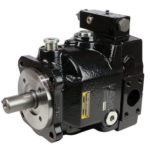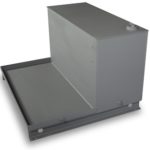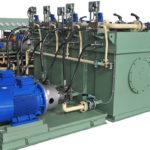By Josh Cosford, Contributing Editor
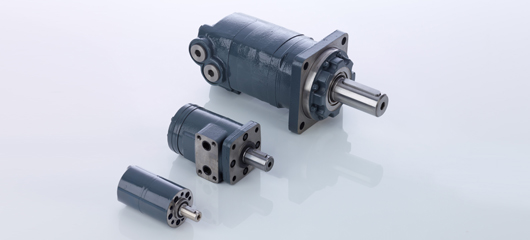 Before you select a pump for your HPU, you must calculate your pressure and flow requirements. To calculate flow required by your hydraulic pump, you must know the size and velocity of the actuators it will power. It is important to calculate the maximum flow required during simultaneous actuator operation, such as a motor and cylinder working in tandem. You must always factor efficiency in your calculations, so as not to lead to disappointment during commissioning.
Before you select a pump for your HPU, you must calculate your pressure and flow requirements. To calculate flow required by your hydraulic pump, you must know the size and velocity of the actuators it will power. It is important to calculate the maximum flow required during simultaneous actuator operation, such as a motor and cylinder working in tandem. You must always factor efficiency in your calculations, so as not to lead to disappointment during commissioning.
Hydraulic motor flow requirement is generally easier to arrive at than cylinders, which cycle with differential volumes. Simplified motor flow calculations are as follows:
gpm required = cid x eff x rpm / 231
cid = cubic displacement of the motor
eff = the motor’s efficiency rating
rpm = revolutions per minute
231 = constant representing 231 cubic in. in one gal
Example: 2.5 in2 x 0.8 x 1200 / 231 = 10.4 gpm
*note: some motors efficiency rating changes with speed and pressure … do your homework.
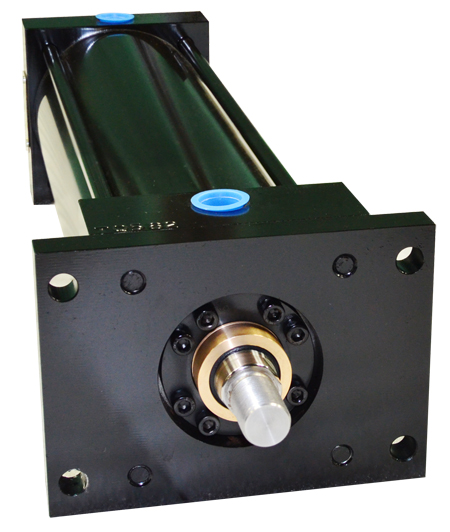
Cylinder flow requirement is more difficult because of multi-step math. We must first calculate two volumes: the volume of the cap side and the volume of the rod side of our cylinder:
Cap side volume = (πr2) x stroke
Rod side volume = cap side volume – rod volume (the space the rod takes up)
Example: 4 in. bore x 12 in. stroke and 1 in. rod
Cap side volume = π22 x stroke = 150.8 in.3
Rod side volume = 150.8 – (π0.52) x 12 = 94.2 in.3
Now we must calculate the volume required to get the cylinder to stroke in the time we desire, let’s say 3 seconds in this example. First, we must convert seconds into minutes, which reflects our pump’s gpm description = 3/60 = 0.05 minutes to stroke.
gpm required = (V / T) / 231
V = volume
T = time
Example cap side = (150.8/0.05) / 231 = 13 gpm
Example rod side = (94.2/0.05) / 231 = 8 gpm
You’ll notice it takes less flow to retract the cylinder in 3 seconds rather than to extend this. However, if you must absolutely meet a maximum stroke time, you will need at least 13 gpm (more if you wish it to accelerate quickly). Bonus points if you can figure out how quickly the cylinder will retract with 13 gpm.
As I mentioned earlier, you must now add all the combined volumes together of every simultaneously operating actuator to arrive at your ideal pump flow. You may find this is where you have to compromise.

